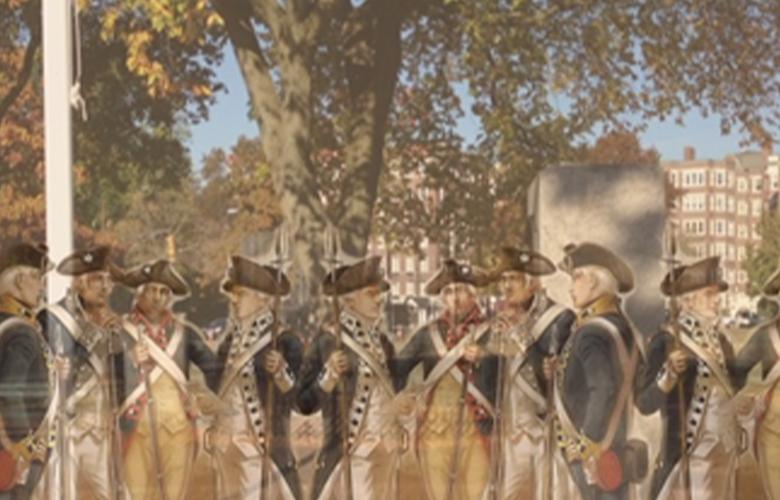
What is augmented reality (AR)? It is just like what it sounds: amplifying what you see in the “real world” with additional information, presented digitally. The point of mobile AR—using your mobile device to augment your experience—is not to immerse participants in a screen, but to give them a heightened sense of their surroundings and a deeper dive into a topic. Some AR experiences use GPS locations to “trigger” the augmentation, while others overlay AR over an image, word, or bar code.
I enjoy exploring situations where this tool can be used in education. For example, a few years back, I guided Harvard Graduate School of Education students in developing a history AR experience for educators attending a conference (see Harvard students discuss their experiences and offer advice). We wanted to explore the benefits and challenges of AR for teachers, instructional and chief technology officers (CTOs), and students. We addressed questions such as the following:
- How much time, effort, and support are needed to produce a quality AR experience?
- Could creating a quality AR experience fit into a busy teacher’s or CTO’s schedule?
- What types of content could be taught with AR?
- Could students create an AR project themselves?
Using the AR experience that the grad students developed, we took conference participants on a historical AR field trip around the hotel in Washington, D.C. Afterwards, we all voiced surprise at how moving the experience was! The events had happened years ago, yet the combination of location, images, and audio made them seem utterly current. The teachers were enthusiastic to try AR and brainstormed ideas across content areas. We agreed that using and creating AR could be an engaging way for students to study a topic in depth, work in teams, and teach each other.
The challenge to creating an experience like this one is that it took many hours to conceive and build. However, once created, it could easily be modified and re-used. Simpler AR platforms are available, too, such as Aurasma (now HP Reveal), that can make vocabulary word walls, posters, or pictures of your students talk and show images or video in minutes. Over time, teachers, CTOs, and/or students could work together to build a collection of AR experiences.
What experiences have you had with AR?
| Heidi Larson is a project director at EDC. |

Add new comment